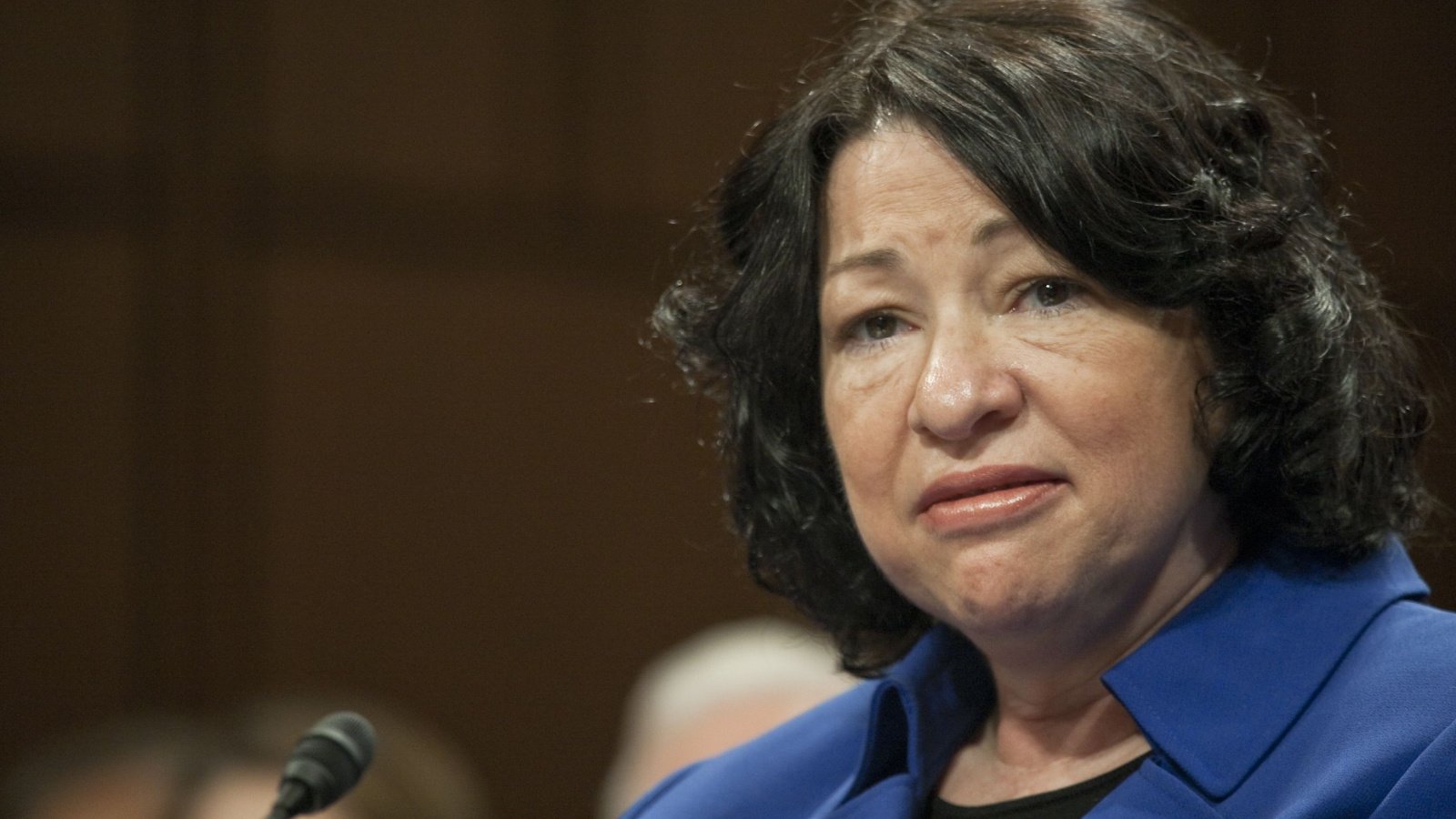Navigating the difficult conversation about global conflict and war with your children can be daunting. These strategies will guide you through this complex topic, whether you’re addressing fears or fostering empathy to leave you equipped with the power of peaceful dialogue.
Create a Safe Space for Discussion

Begin by establishing a comfortable and secure environment for your child to express their feelings. Explain that it’s normal to have questions or concerns about global conflicts. Assure them that their thoughts and emotions are valid and important. This is a time for open conversation, not judgment.
Use Age-Appropriate Language

Tailor your language to be age-appropriate, avoiding overly complex or frightening terms. For younger children, keep explanations simple and focus on the basic concepts. As children get older, you can introduce more details and discuss broader implications. The key is to be honest but also mindful of their emotional capacity.
Highlight the Value of Peace

“War teaches us the value of peace,” says an online commenter. Emphasize the importance of peace and how conflicts can often lead to the desire for peaceful resolutions. Discuss the efforts made by individuals and countries to restore peace to promote hope and understanding in your child.
Encourage Critical Thinking

Encourage your child to think critically about what they hear or see regarding global conflicts. Discuss the importance of considering multiple perspectives and not jumping to conclusions. Teach them to question and analyze information, helping them develop a balanced understanding.
Address Their Fears
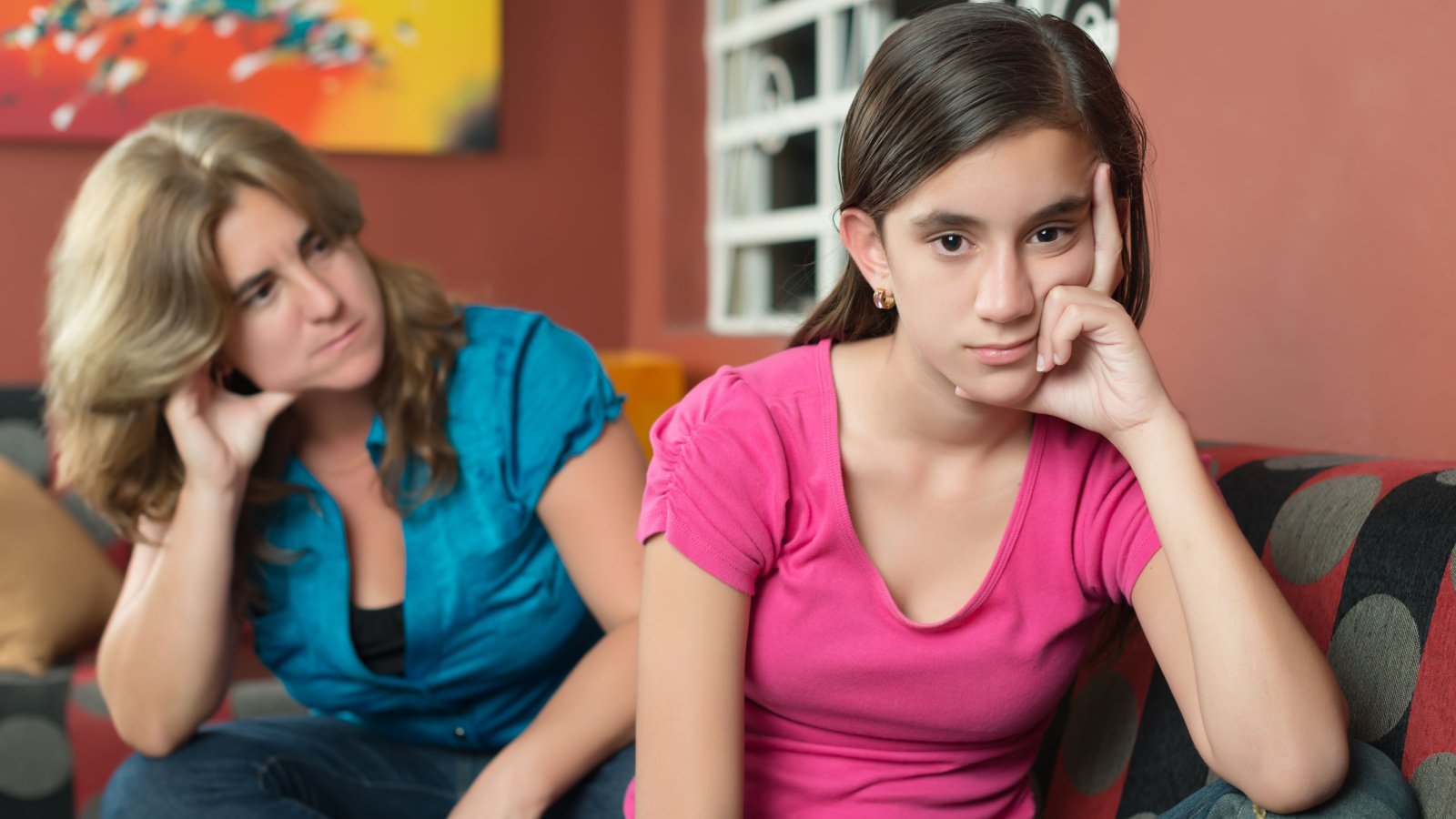
Listen to your child’s fears about war and conflict. Reassure them about their safety and the safety of their loved ones. Discuss the role of governments and international organizations in managing these situations. It’s crucial to acknowledge their fears while providing comfort and reassurance.
Promote Compassion and Empathy
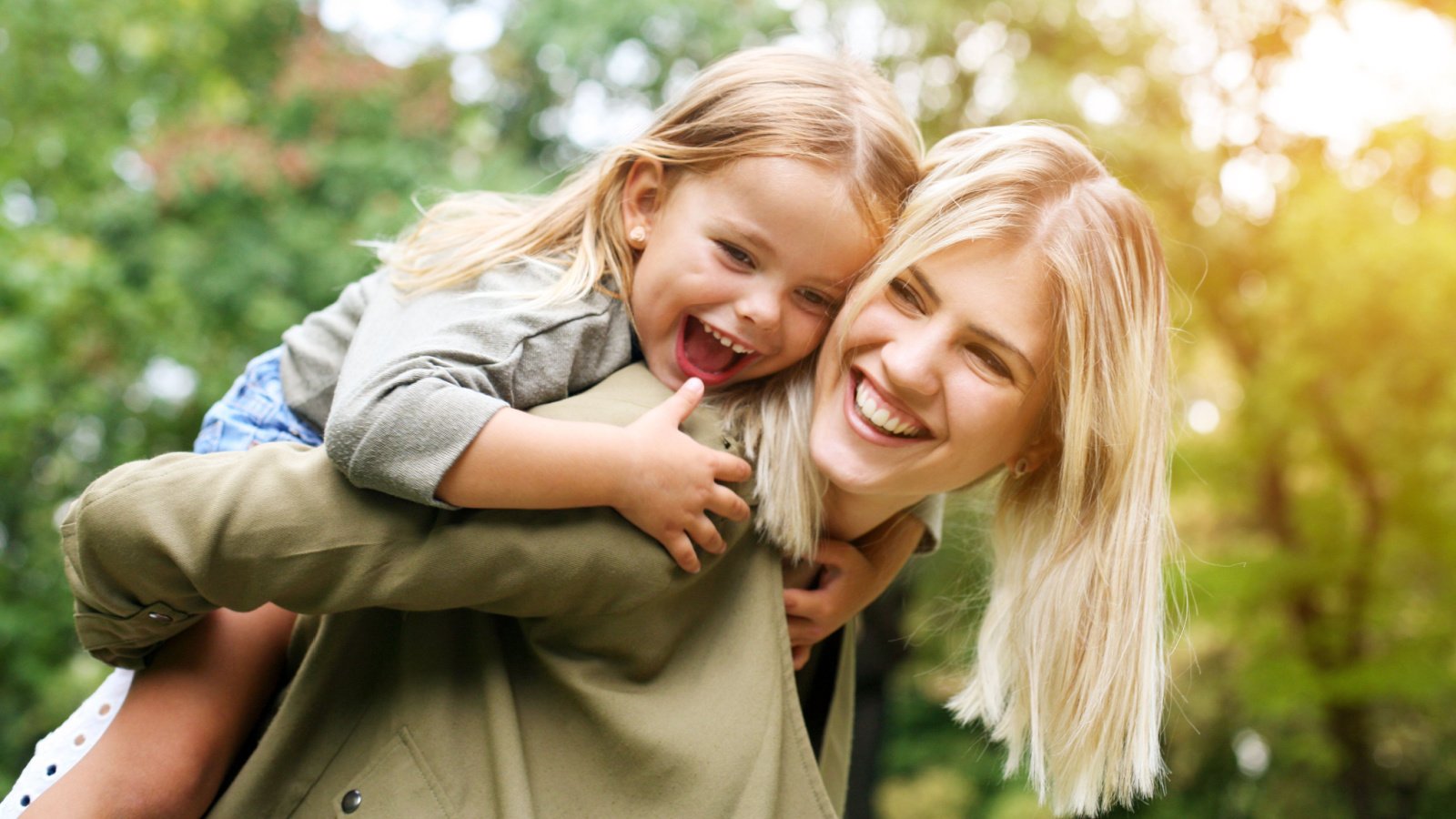
Use discussions about global conflict to foster compassion and empathy. Share stories of people helping each other during difficult times. Encourage your child to think about the feelings and experiences of others affected by the conflict. This can broaden their emotional and social understanding.
Understand the History
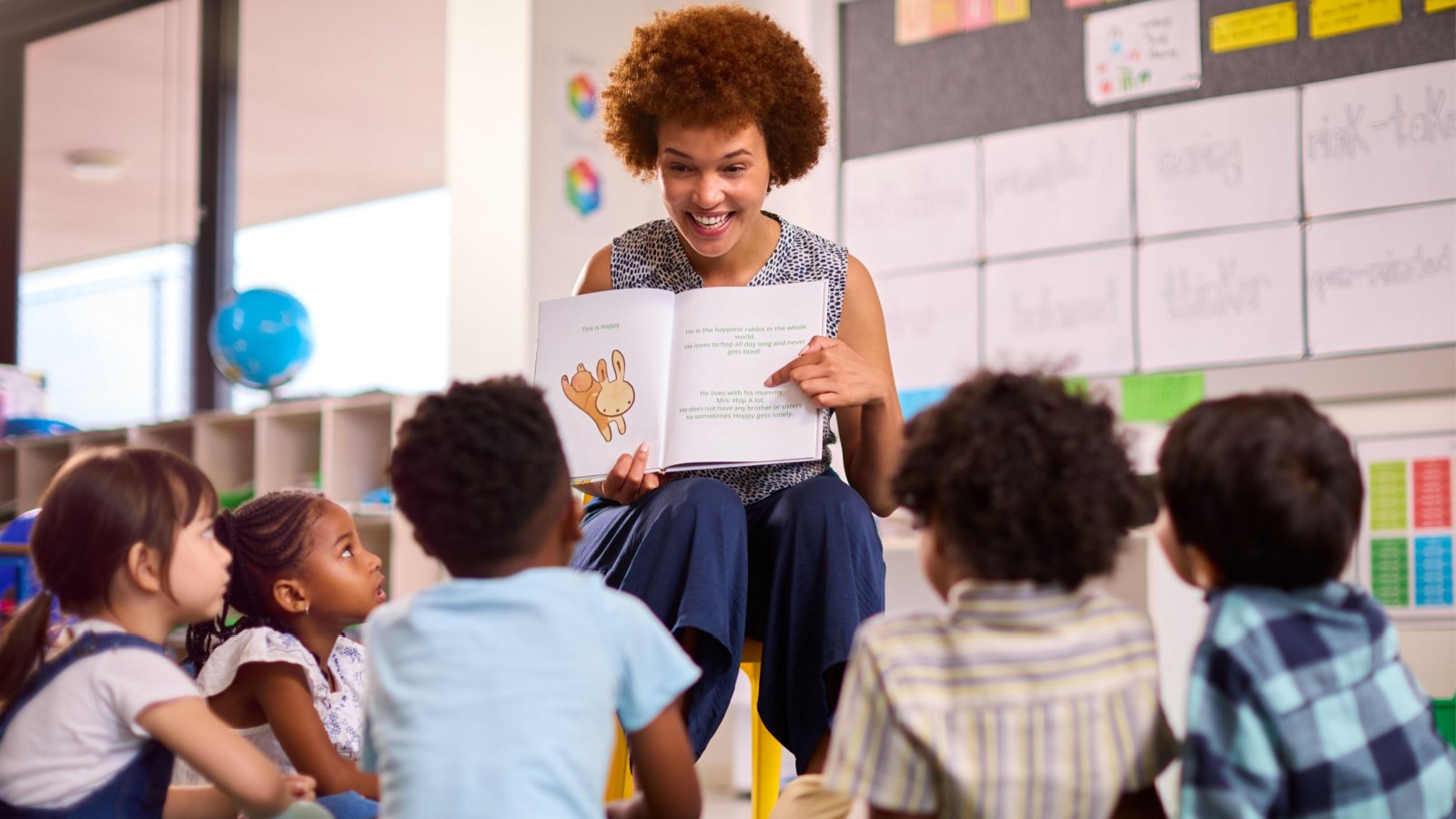
“Knowing history helps us understand the present,” comments an online user. Teach your child about the historical context of current conflicts to help them understand the complexity of global issues and see that conflicts often have deep-rooted causes and are not black-and-white.
Encourage Questions
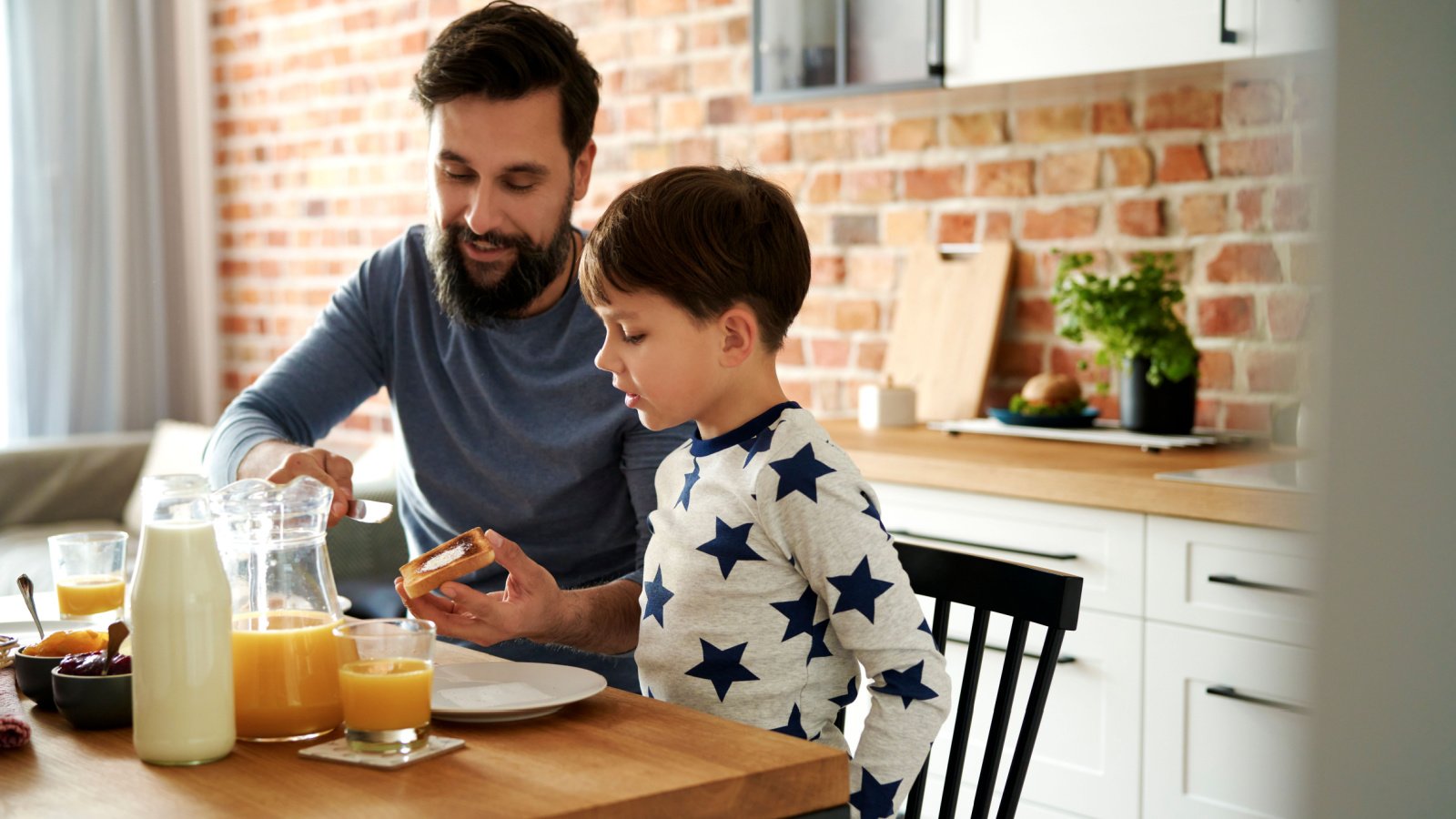
Create an environment where your child feels comfortable asking questions. No question is too small or silly. Each is an opportunity to learn and understand more. Answer their questions honestly, and if you don’t know the answer, take it as an opportunity to research together.
Discuss the Role of Media
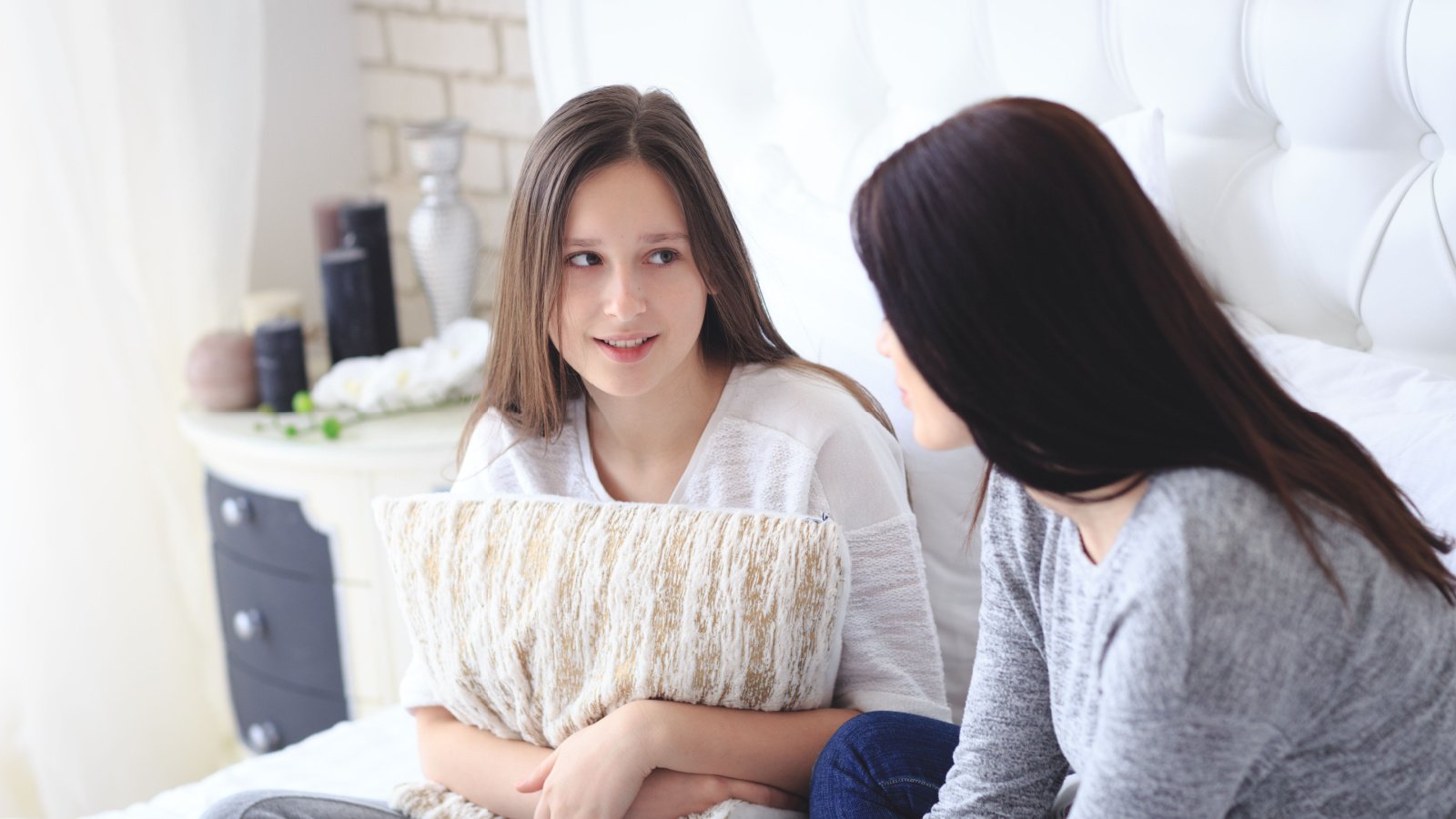
Talk about how the media portrays war and conflict. Teach your child to distinguish between news, opinion, and propaganda. Discuss the importance of seeking information from multiple, reliable sources.
Explain the Concept of Conflict Resolution

Discuss how conflicts can be resolved peacefully. Explain the roles of negotiation, diplomacy, and dialogue to inform them about global issues and teach them valuable life skills for resolving personal conflicts.
Provide Historical Examples

Use past conflicts as examples to explain current events. Discuss how previous wars started, progressed, and ended to understand the cyclical nature of history and the lessons learned from past conflicts.
Balance Realism and Optimism

“It’s about finding the right balance,” shares an online commenter. Talk about the harsh realities of war, but also focus on stories of hope, resilience, and peace. This balance can help children cope with the negative aspects while maintaining optimism.
Normalize Emotional Responses

Let your child know it’s okay to feel sad, angry, or confused about global conflicts. Validate their feelings and share your emotions in a controlled manner, which helps build emotional intelligence and understanding.
Introduce the Concept of International Law
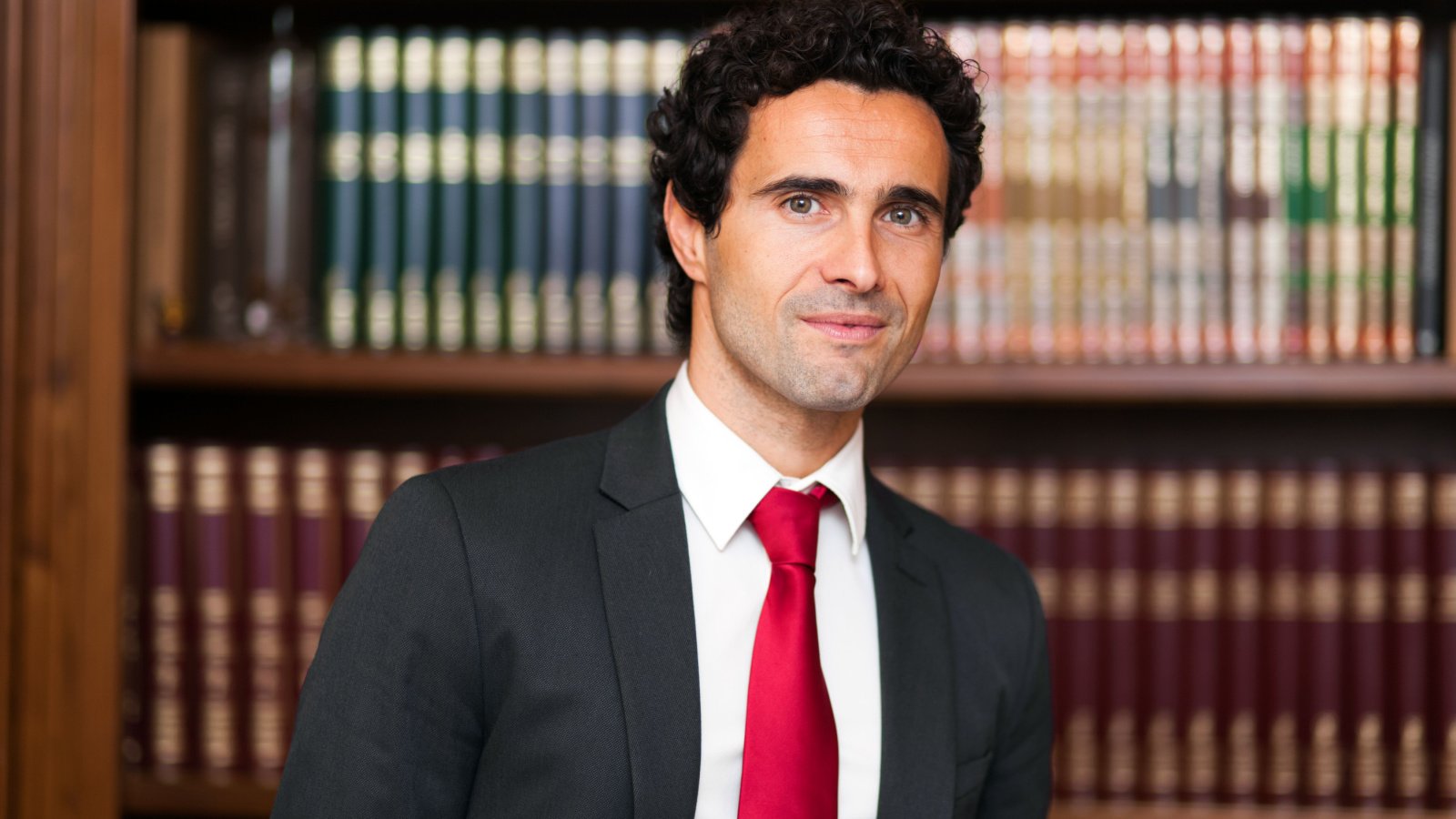
Explain the role of international law in global conflicts. Discuss how countries work together to create rules and consequences. This can give your child a sense of order and understanding amidst the chaos of conflict.
Share Personal Stories

If appropriate, share your or your family’s experiences related to war or conflict. Personal stories can make complex issues more relatable and understandable and can create a deeper emotional connection with the topic.
Encourage Active Involvement
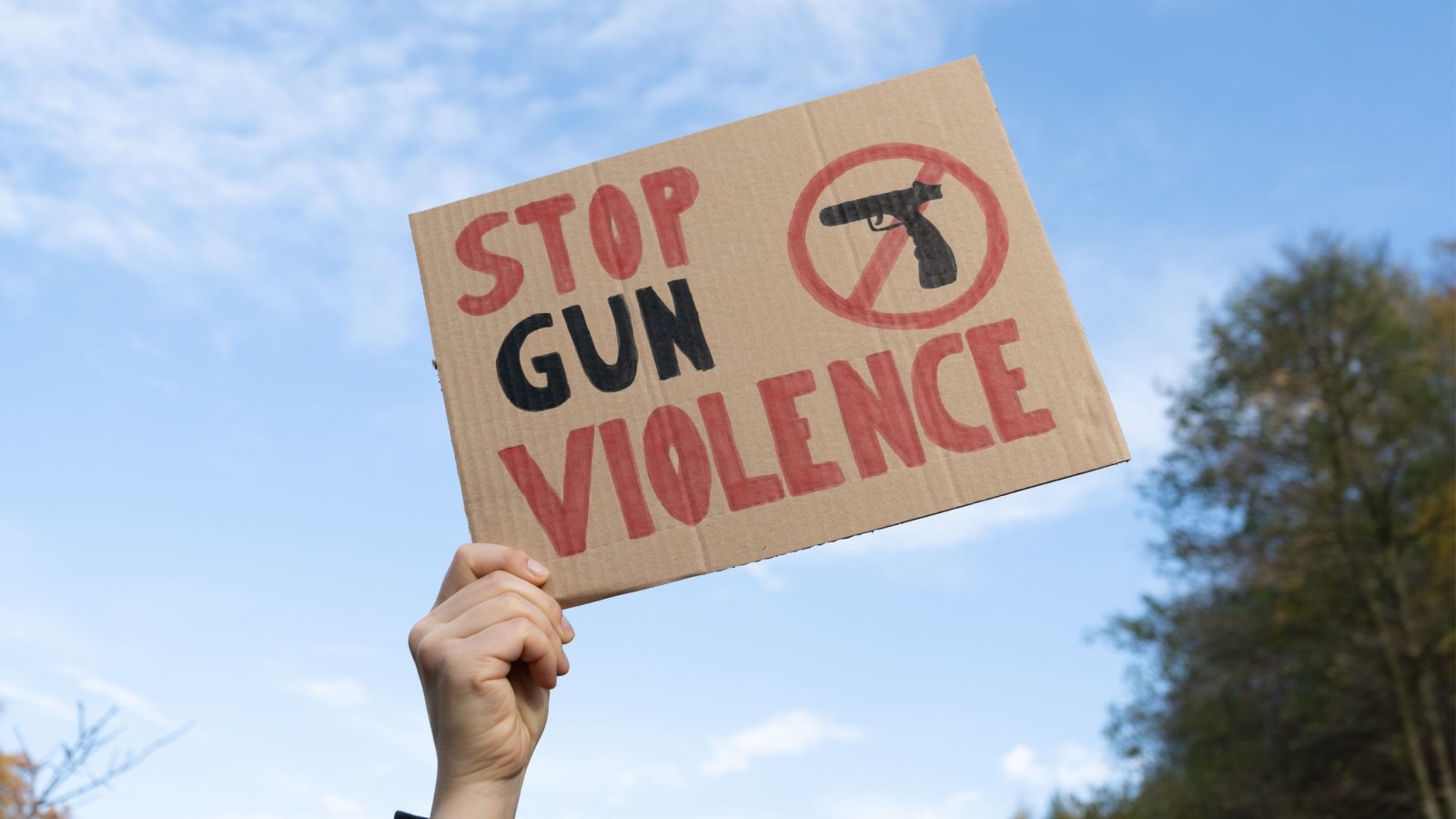
Discuss ways your child can contribute to peace efforts, such as through community service or advocacy, to empower them to make a difference in the world and give them a voice. “Every child can make a positive impact on the world,” says one mother.
Acknowledge Different Perspectives

Teach your child that people and countries have different viewpoints on conflicts. Discuss the importance of understanding and respecting these perspectives, even if they differ from your own.
Limit Exposure to Disturbing Images

Be cautious about your child’s exposure to graphic images or news. Too much exposure can be distressing and harmful. Monitor and guide their media consumption, providing context where necessary.
Focus on the Helpers
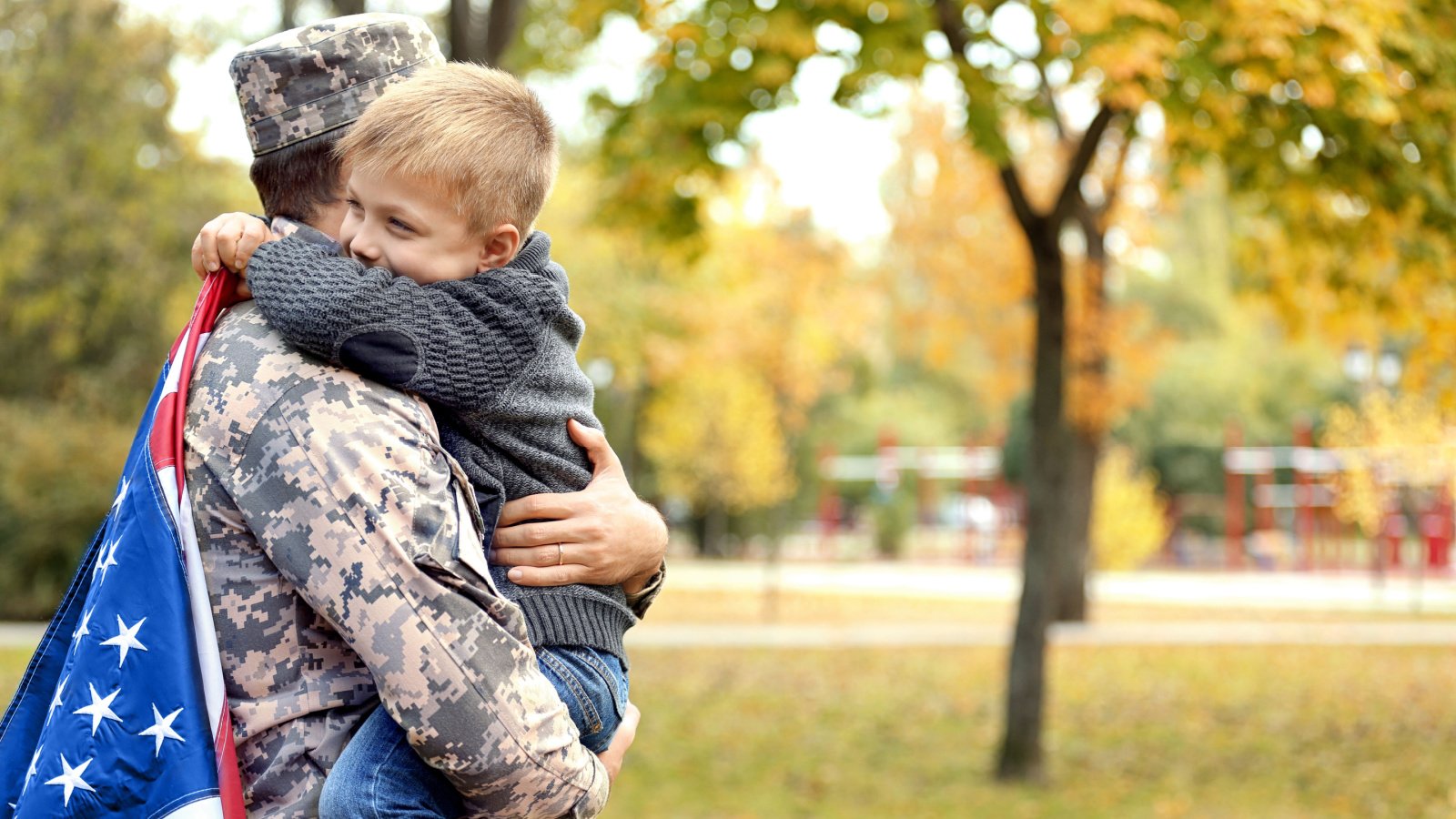
“Look for the helpers in times of conflict,” suggests an online user. Highlight stories of individuals and organizations working to help those affected by war to instill a sense of hope and goodness in people.
Discuss the Impact on Everyday Life
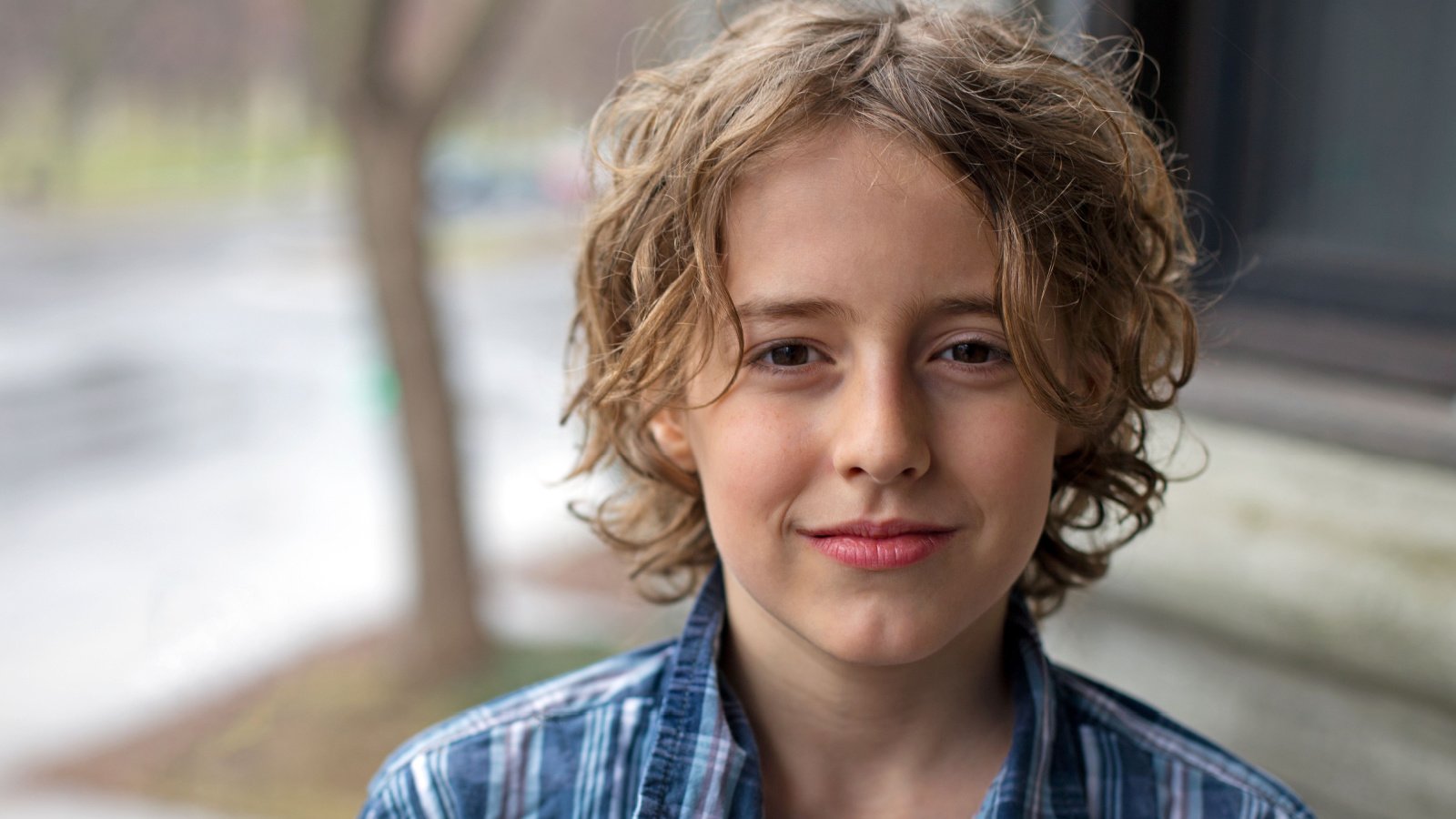
Discuss how conflicts can impact daily life in the affected areas and globally, including economic, environmental, and social effects, to help children understand the widespread impact of global events.
Reiterate the Power of Peaceful Actions
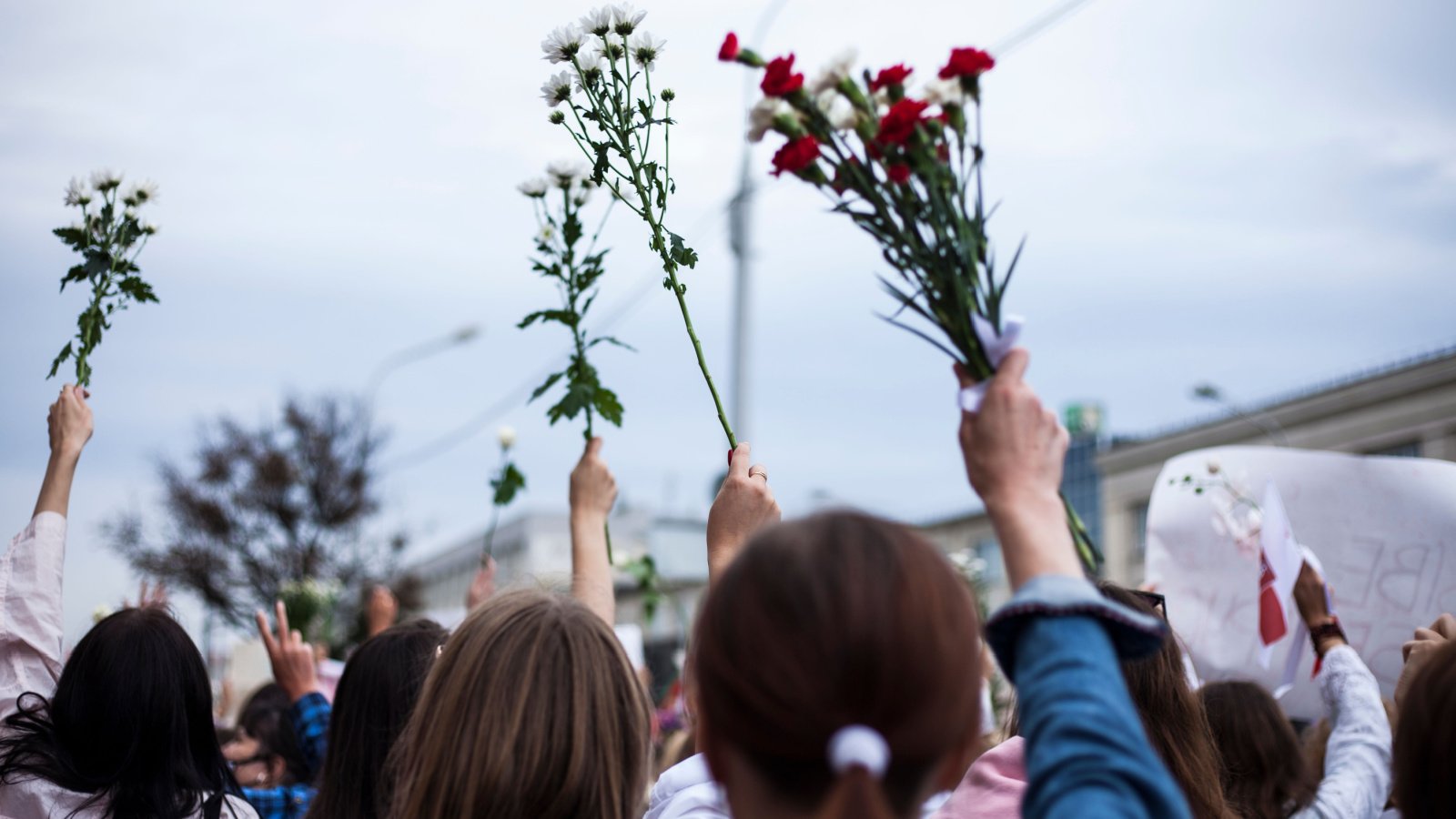
Finally, reiterate the power of peaceful actions and dialogue in resolving conflicts. Encourage your child to always consider non-violent solutions and the impact of their actions on others to nurture a mindset of peace and understanding.





